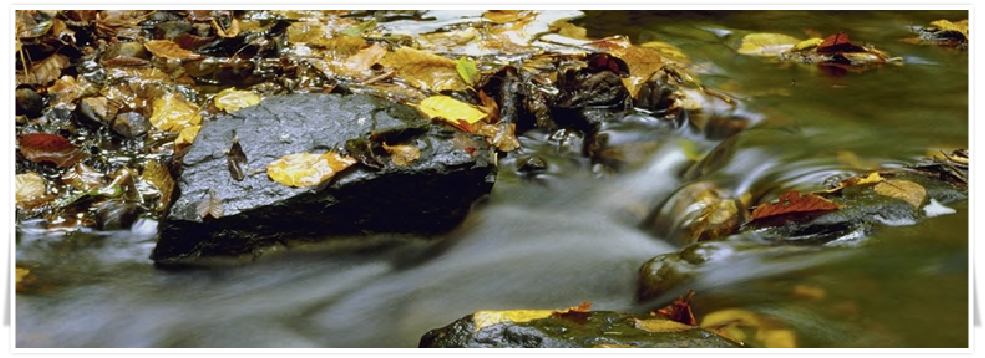Key words: Analytical; analysis; chemical; chemistry; education; environment; environmental; instrumentation; monitoring; training; water; water quality



For advice on and training in scientific methods for environmental monitoring
Site still under construction
The WRMD is a division of the Department of Water Directorate (DWD) of Uganda. It is located on the site of the old colonial waterworks in Entebbe on the shore of Lake Victoria and comprises administrative buildings along with the Water Quality Laboratory. At the time of my involvement stage 2 of a three-stage programme, to upgrade all the services relating to the provision of drinking water in Uganda, had just begun. The project was being funded by the Danish International Development Agency (DANIDA) and involved every aspect of water supply from the location, extraction and distribution as well as upgrading and extending the monitoring and analytical capabilities of the Water Quality Laboratory.
A colleague and myself at Farnborough College of Technology were sub-contracted by the Robens Institute of the University of Surrey to deal with the chemical aspect of water quality monitoring and analysis. While my colleague concentrated on procedures and general management of the laboratory with a view to it becoming accredited I was engaged on drawing up specifications for an atomic absorption spectrometer and a gas chromatograph along with an inventory of all necessary standards, reagents, solvents and ancillary equipment needed for the proper functioning of the instruments.
With the specifications completed and agreed the necessary orders were placed, with senior laboratory staff I looked into sourcing suppliers for the AAS extraction system and acetylene as well as advising on the housing of the gases for the AAS and gas chromatograph. In addition, I performed a health and safety check on the way sewage effluent samples were handled, arranged for the repair of a uv/vis spectrometer, advised on the correct care and maintenance of ISE electrodes and advised on the ordering of the various publications in the library. Finally I devised a stock control procedure using Microsoft Access.
After some months held in customs awaiting the payment of the duty, the new instruments were finally delivered to the laboratory just before Christmas 2001. So, my next tour of duty in 2002 saw me arranging for the installation of the instruments along with the extraction system for the AAS and the construction of secure housing for the gases. Once these preliminaries had been completed it was then possible to begin the task of training staff in the use of the new equipment. I then took responsibility for training in the use of the AAS while my colleague provided instruction in the use of the gas chromatograph. To complete my duties, I wrote out methods for the analysis of the more important analytes using these two instruments.